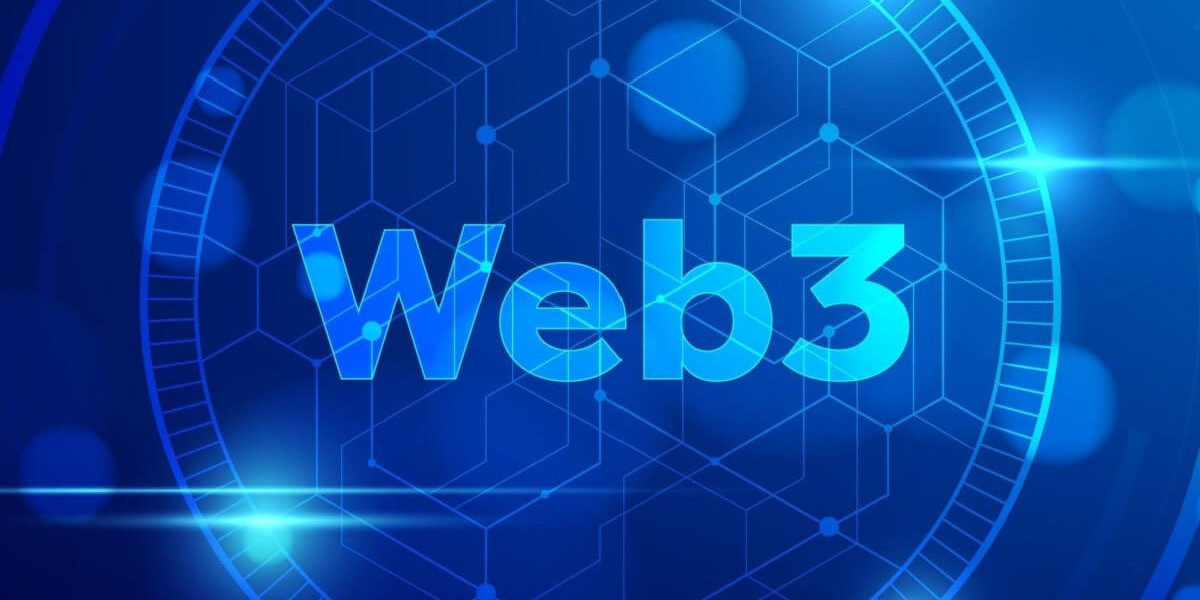The internet has come a long way from static web pages to the highly interactive and dynamic platforms we use today. However, the current internet, or Web2, has its limitations—primarily centralization. Web3, a revolutionary concept, promises to address these limitations and fundamentally transform how we interact online.
What is Web3?
web3, also known as the decentralized web, is the next generation of the internet. It aims to shift control from centralized entities like tech giants to individual users through the use of blockchain technology, decentralized networks, and smart contracts.
Unlike Web2, where data and services are hosted on central servers, Web3 operates on peer-to-peer networks. This means users have more control over their data and online activities, and intermediaries are significantly reduced or eliminated.
Key Features of Web3
Decentralization
Web3 applications, or dApps (decentralized applications), run on blockchain networks rather than centralized servers. This ensures greater transparency and security while reducing the risk of censorship.Ownership of Data
In Web3, users own their data. Using decentralized identities and wallets, individuals can manage their digital presence without relying on third-party platforms.Tokenization
Web3 introduces the concept of digital assets and tokens, which can represent anything from currencies (like Bitcoin or Ethereum) to art (as NFTs). These tokens allow for direct transactions and new economic models.Interoperability
Unlike Web2 ecosystems that are often siloed, Web3 enables seamless interaction between different platforms and services through standardized protocols.Enhanced Privacy and Security
With cryptographic technology at its core, Web3 ensures data integrity and protection. Users retain control of their information, reducing the risks associated with data breaches.
Applications of Web3
Web3 is not just a theoretical concept—it’s already transforming various industries:
- Finance (DeFi): Decentralized Finance (DeFi) platforms allow users to lend, borrow, and trade assets without intermediaries like banks.
- Gaming: Play-to-earn games and blockchain-based gaming platforms reward users with tokens and NFTs for their participation.
- Social Media: Decentralized social platforms give users more control over their content and monetization opportunities.
- Healthcare: Web3 enables secure sharing of medical data and creates patient-centric ecosystems.
- Supply Chain: Blockchain ensures transparency and traceability in supply chains, enhancing trust and accountability.
Challenges of Web3
Despite its promise, Web3 faces several hurdles:
- Scalability: Current blockchain networks struggle to handle large transaction volumes efficiently.
- User Experience: Setting up and using wallets, dApps, and other Web3 tools can be complex for non-technical users.
- Regulation: Governments and regulators are still catching up with the implications of decentralized systems.
- Adoption: Transitioning from Web2 to Web3 requires widespread acceptance and education.
The Future of Web3
Web3 represents a paradigm shift in how we interact online, empowering users and fostering innovation. As blockchain technology evolves, scalability and accessibility will improve, making Web3 a viable reality for everyday use.
With its potential to reshape industries and create a more equitable digital ecosystem, Web3 is not just the future of the internet—it’s the internet we deserve.







